JonOne on 1980's New York, L'Art de Vivre and collaborating with Hennessy
JonOne, also known as Jon156, is an American graffiti artist originally from New York, now living and working in Paris. Born in New York's Harlem neighbourhood, Jon was introduced to street art at an early age, tagging his name on the city streets. In 1984, he founded the graffiti group 156 All Starz, which cemented his career path.
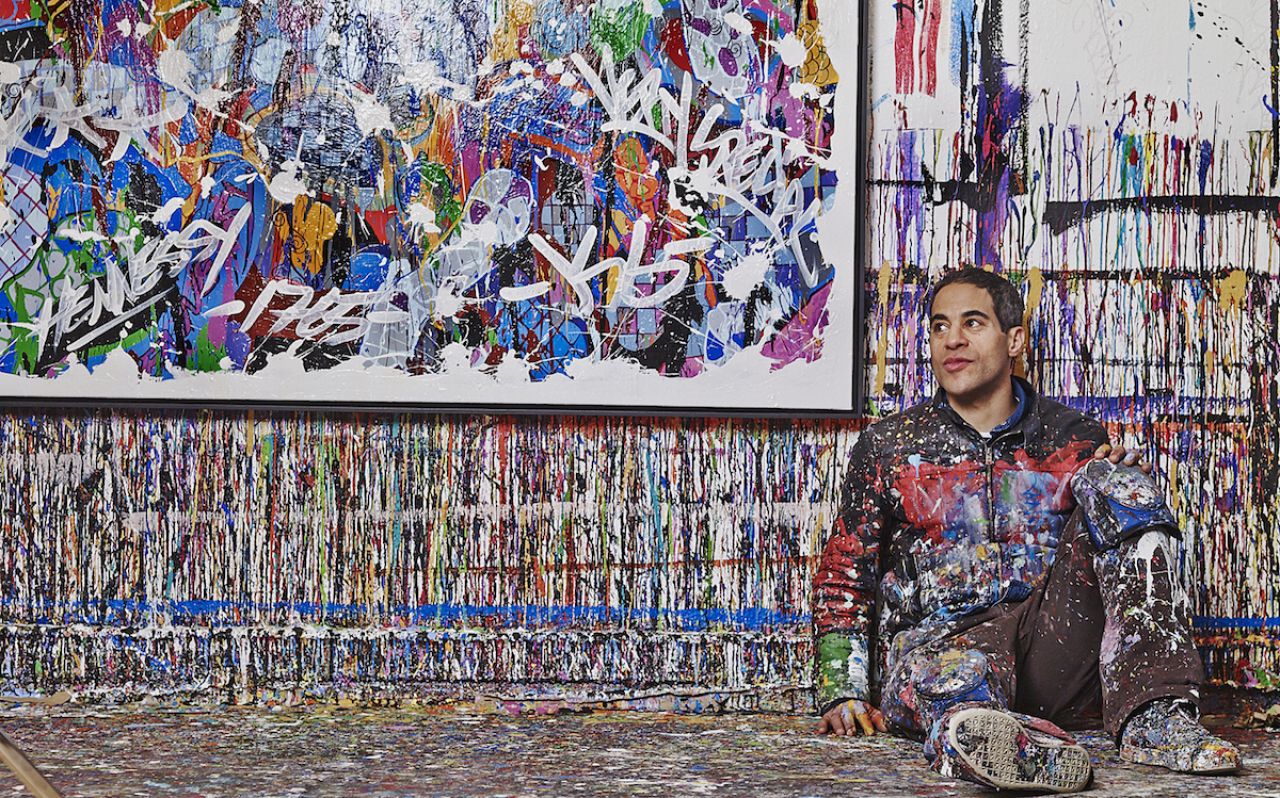
Attending the likes of the iconic Studio 54, Jon rubbed shoulders with Jean Michel Basquiat and Andy Warhol, before relocating to Paris in 1987, where he quickly made a name for himself.
Working on a wealth of creative projects and exhibiting on a global scale – from China to Berlin and everywhere in between – his style is a colourful explosion both bright and bold.
Most recently, Jon has teamed up with Hennessy to create bespoke work for its bottles. We sat down with the artist, who took some time out of his busy schedule, to chat about this project alongside his career so far.
You broke onto the art scene during what was arguably one of the most creative times of the twentieth century – 1980's New York. Can you describe that time?
New York was the centre of art in that period. It was so exciting to be there. Everyone was an artist, everyone was a poet, everyone was a graffiti writer, and it was affordable for artists. Not only that, but it was a place where there was a lot to say – it was a very creative time. It was very inspiring.
I don’t think New York has that same thing today because artists can’t afford to live there, but for me, it was the best school that I ever went to. I can't imagine being a young artist today, but New York was very, very good to me.
The reason as an artist, I decided to stop painting walls and start to do more canvases, was because what I represented as a culture or generation was very important, very unique, and that’s what pushed me to do painting. I was seeing this energy going around, and it was being erased, and I was like “it’s not fair”. It’s important for other generations to be able to understand this, and understand what we were living in during New York in that time, and that’s like Grand Master Flash – “it’s like a jungle sometimes, how do I keep from going under? Don’t push me, cos I’m close to the edge.”
Then you had the AIDs epidemic – so many kinds of issues going on in New York…drugs…crack…discos…art shows – Studio 54 – I even went to Studio 54, and I’m still alive! I’m one of the lucky ones to still be here. I really feel lucky. Sometimes I think to myself, “I survived New York in the eighties”, so, you know, I’m a miracle.
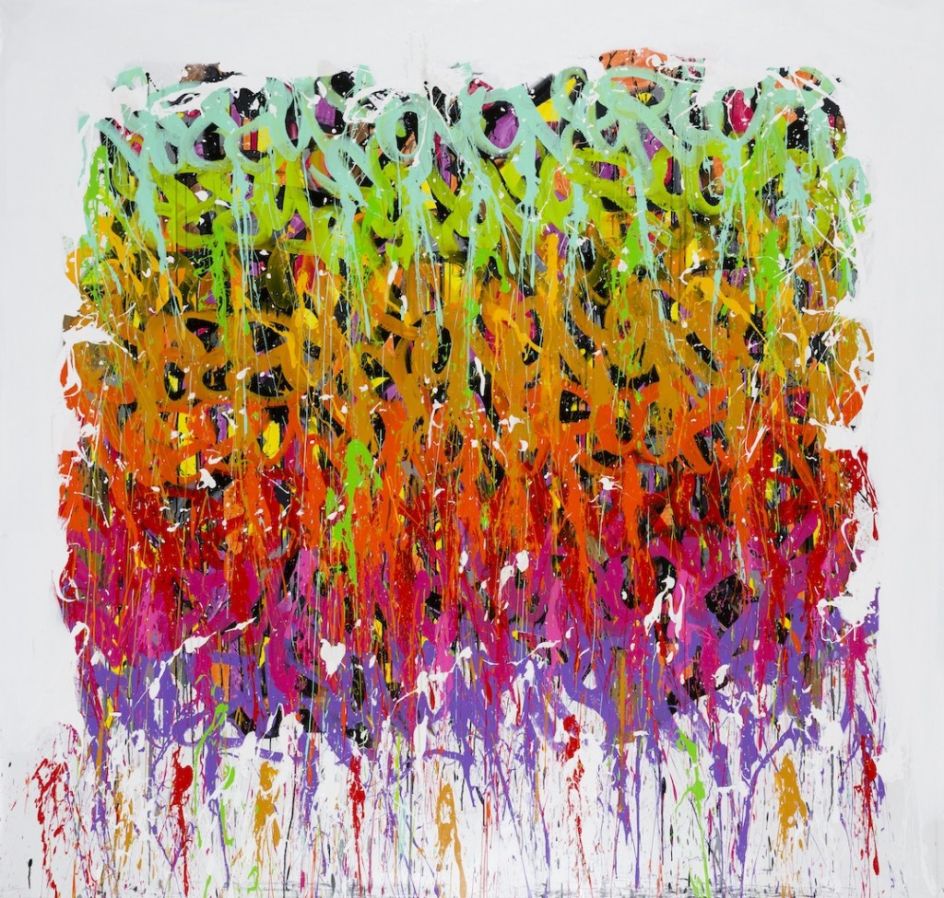
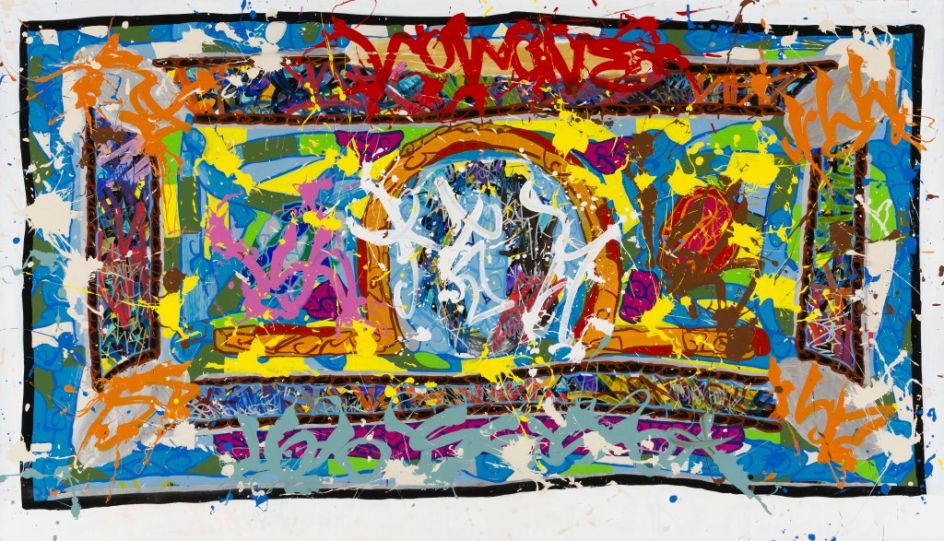
What were the main influences that led you to a career in graffiti art, and specifically to founding 156 All Starz?
The struggle was what defined us, because it was like trying to make something out of nothing. There was nothing around my neighbourhood in New York, where I grew up. There were no libraries, no museums, there was nothing of culture, nothing of significance – it was work, work, work or take drugs. So defining our generation with art was important and it was beautiful. With 156, we were the artists defining our generation in what it meant to be growing up in these neighbourhoods, and you could value it or disvalue it, but I found the value – the beauty came from making it out of the struggle. And we made it though doing these huge productions, painting these huge walls, even writing our names in the streets, it was all beautiful justice.
Towards the end of the ‘80s you relocated to Paris – what took you there?
I went to Paris because I was “in love” with Paris, it represented something to me. Europe and growing up in New York, I had an impression of Paris as being where the artists where at. The dream of an artist would be to go to Paris, so I met some street artists and graffiti artists who were French, and they invited me to come to Paris and when I got there I was like “woah, I’m never ever going back.” And that’s how it happened – a little bit of a chance and a little bit of a dream.
How does it differ creatively to New York? Both then and now?
Back then, New York was more of an aggressive city, and at the same time it was very creative where people were very much inspired by the environment of New York in the eighties, that’s when you saw Hip-Hop and everything flourish, and a lot of other movements, like the Punk movement, but New York had a very aggressive atmosphere whereas in Paris people stepped back – being creative but in a different way. Being inspired by life.
People in Paris have this thing called L'Art de Vivre, and I think it really resonates with the city – I mean, where else can you go some place and people are taking coffees for one or two hours and it’s 12oclock – they’re not rushing to go to work. And that’s one of the reasons I like it here, this L'Art de Vivre.
And now the difference between New York and Paris…I mean, is there a difference? I think there are no more borders in art, so as far as art is concerned, New York is no longer the centre of the art world, and neither is Paris. I think we’re living in a global economy, a global world, where people are aware of what’s going on everywhere. It’s a different era. It’s 2017.
You’re self-taught – what challenges have you faced in your journey to becoming established? And how did you overcome them?
Well, I didn’t really look at them as challenges, or something to overcome, because the self-taught process was in a way a passion above all, so any obstacles that I came across didn’t always seem like one. Of course you have the obstacle of having no money – that was a big one, because most people got real jobs, and not to say that art is not a real job, but it's hard to establish yourself as being an artist but I guess it was the passion that got me through the day. Being able to live the art life was a gift.
Are there any key pieces of advice you’ve been given in your career that you’d like to share with up-and-coming artists?
A key piece of advice this art dealer told me once was “Jon, all you’ve got to worry about is painting, everything else will come around.” And I’ve always tried to live by that motto – all I’ve got to do is paint, and everything else will be ok. It’s hard to live that life when there’s so much going around you that presents scary choices. It’s like someone telling you to jump off a cliff, and you’ll fly. I guess the most important thing is to believe in your art, and believe in where it’s going to take you.
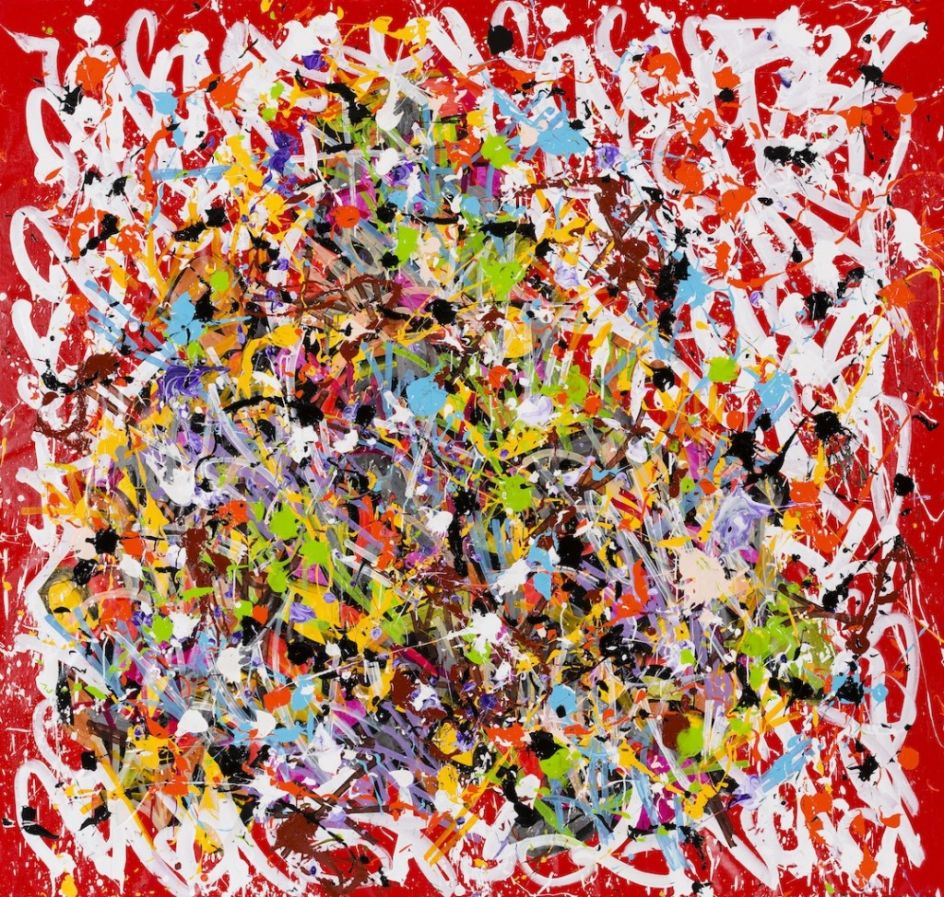
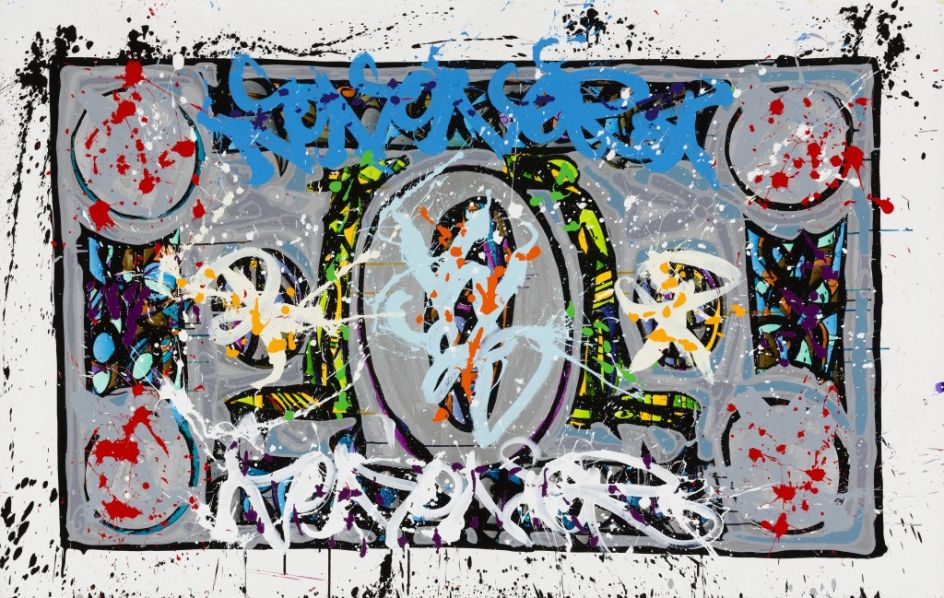
Your work uses bright colours – can you briefly describe the creative process behind how you choose your palette?
The choice of bright colours has always been a trademark of my art, because people recognise the way I mix a blue and a yellow, and a green and a pink, colours that don't usually match between one another – that’s where I find a harmony. I guess this could be a talent of mine, perhaps, or maybe it’s an energy I have inside me that makes me radiate these colours. Like the sunshine.
In addition to your graffiti art, you’ve worked on decorative projects. Does your creative process differ depending on the medium?
I don’t really look at them as being ‘decorative’, I just finished doing this very exciting project with Hennessy and I don’t see what I did as being decorative – I’m communicating – it’s a bit like writing your name in the streets – when is it tags? When is it street art? Even writing your name in the street, it’s still art. I’m just using my artistic talents in different ways, like Jean-Michel, like Andy Warhol did, he did a lot of advertisements, so it’s part of my universe.
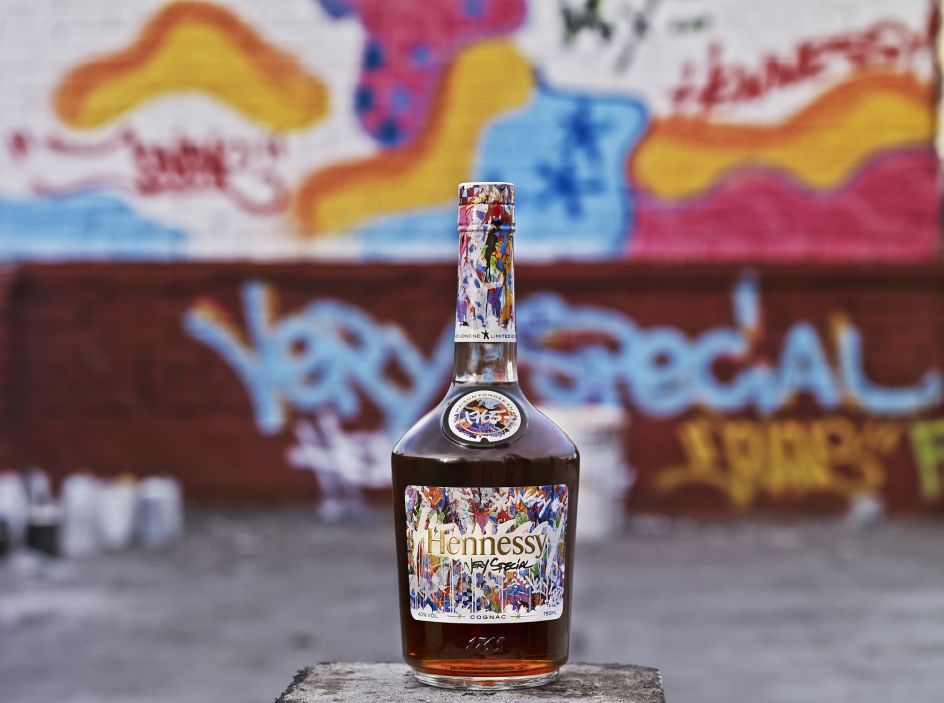
Your latest project involves a collaboration with Hennessy. Can you tell us some more about that?
It’s one of the biggest projects I’ve ever done. It’s a project that took me all around the world, and I’m really grateful for that because I was able to travel under the wing of Hennessy Cognac, who had paved the way before me, and it was definitely a beautiful world to see. The concept of what I’ve done, which is the bottle of course, was also to a theme, an energy, around a party, people having a good time, and people enjoying art and music. This was a concept that I developed, I did a performance everywhere I went, and I saw it as an extension of my artwork. I have to thank Hennessy for the beautiful trip.
All images courtesy of the artist / Hennessy

















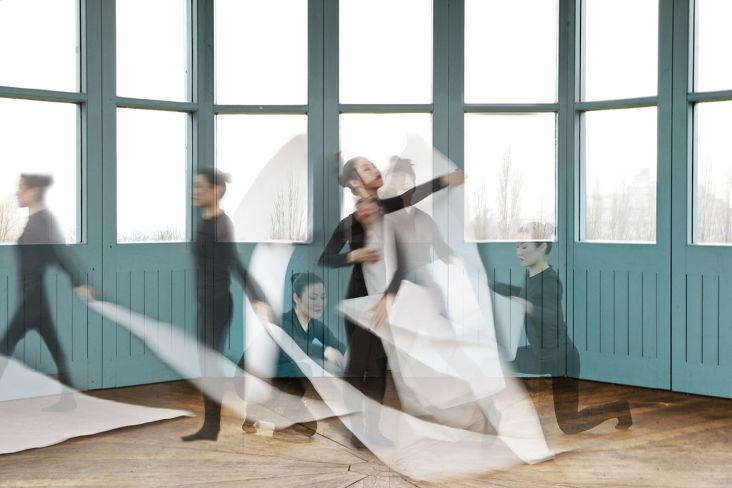
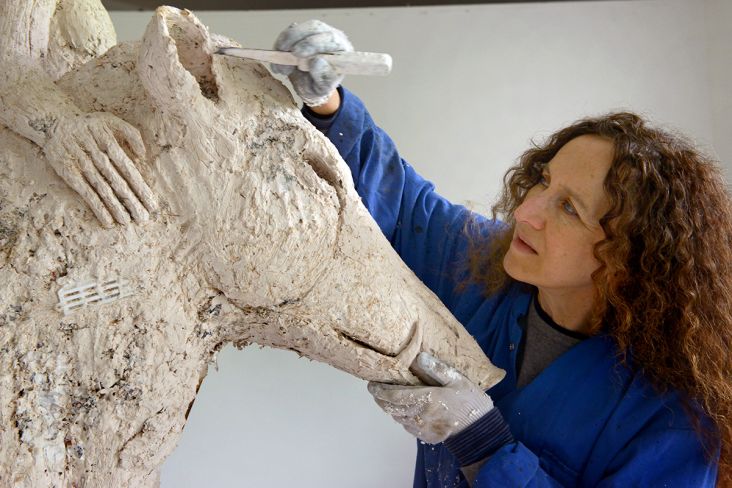
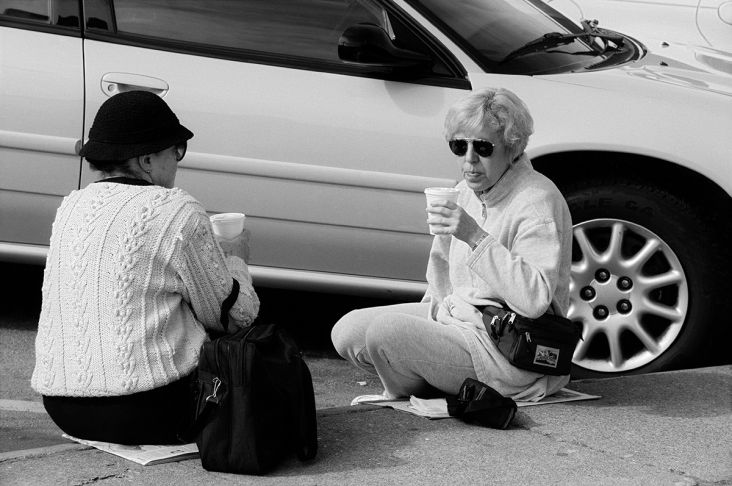
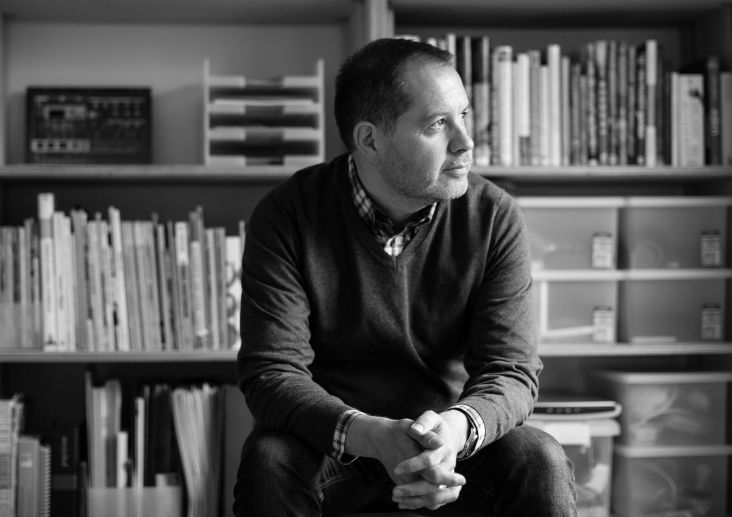
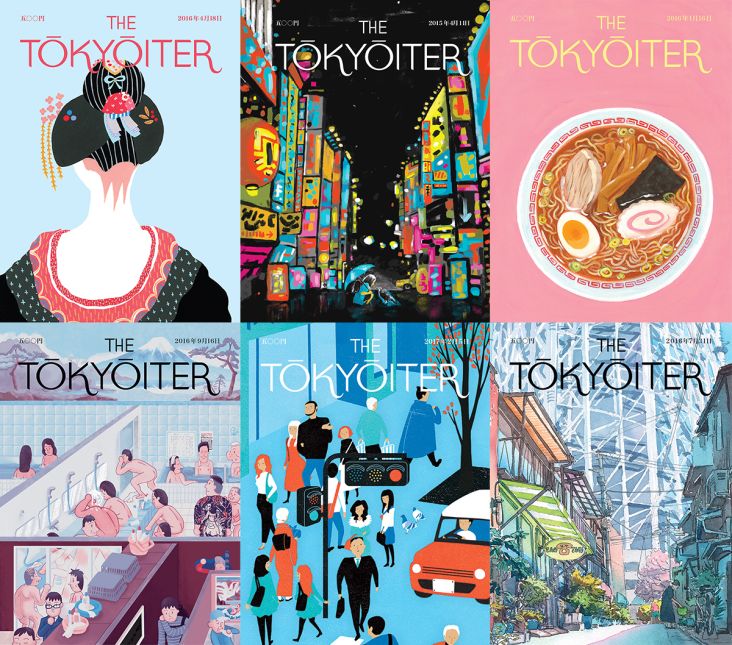
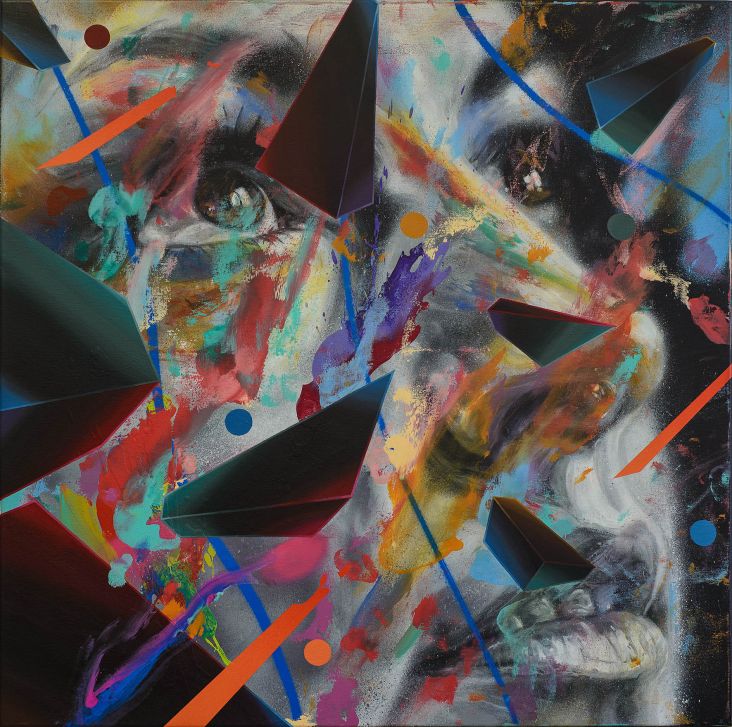
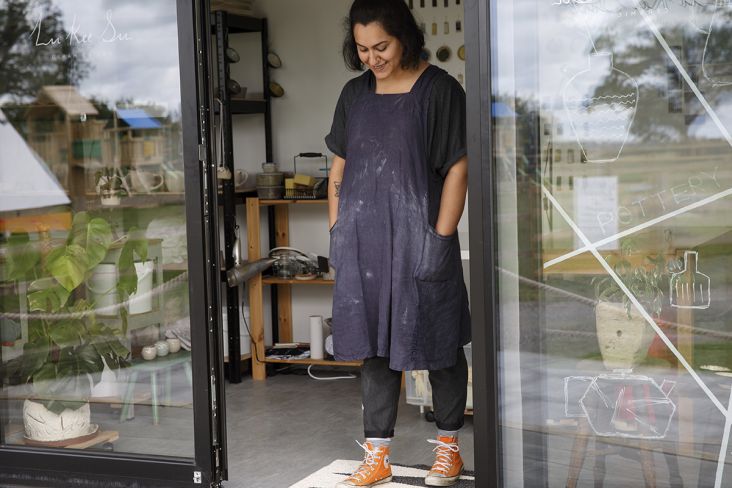
](https://www.creativeboom.com/upload/articles/be/be6a9c37030e334919ffcb2bfa70766d362bfca8_732.jpeg)
